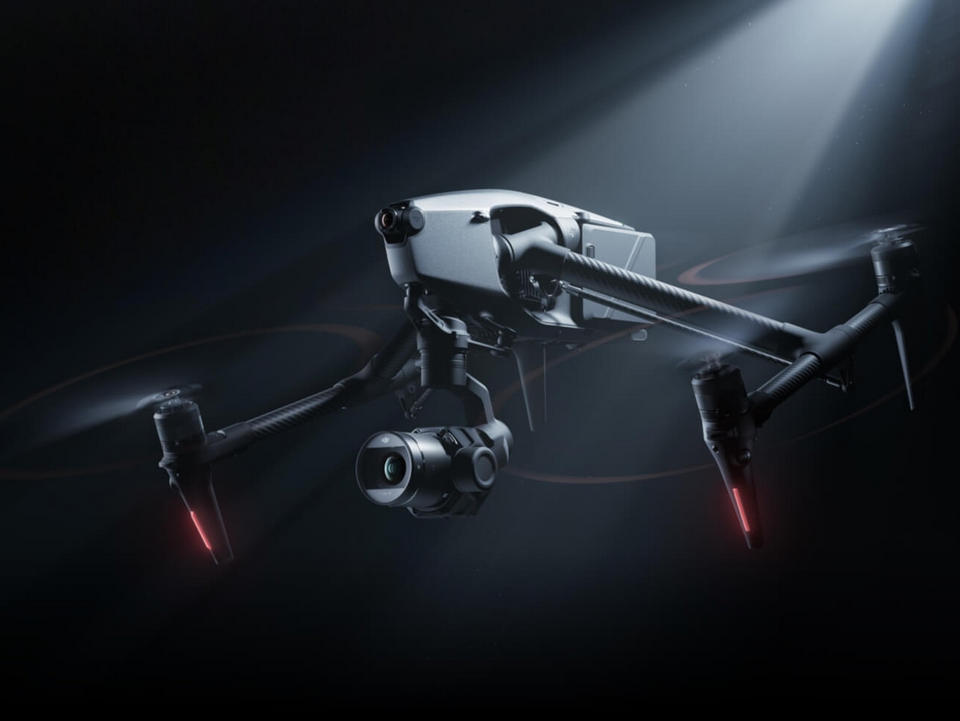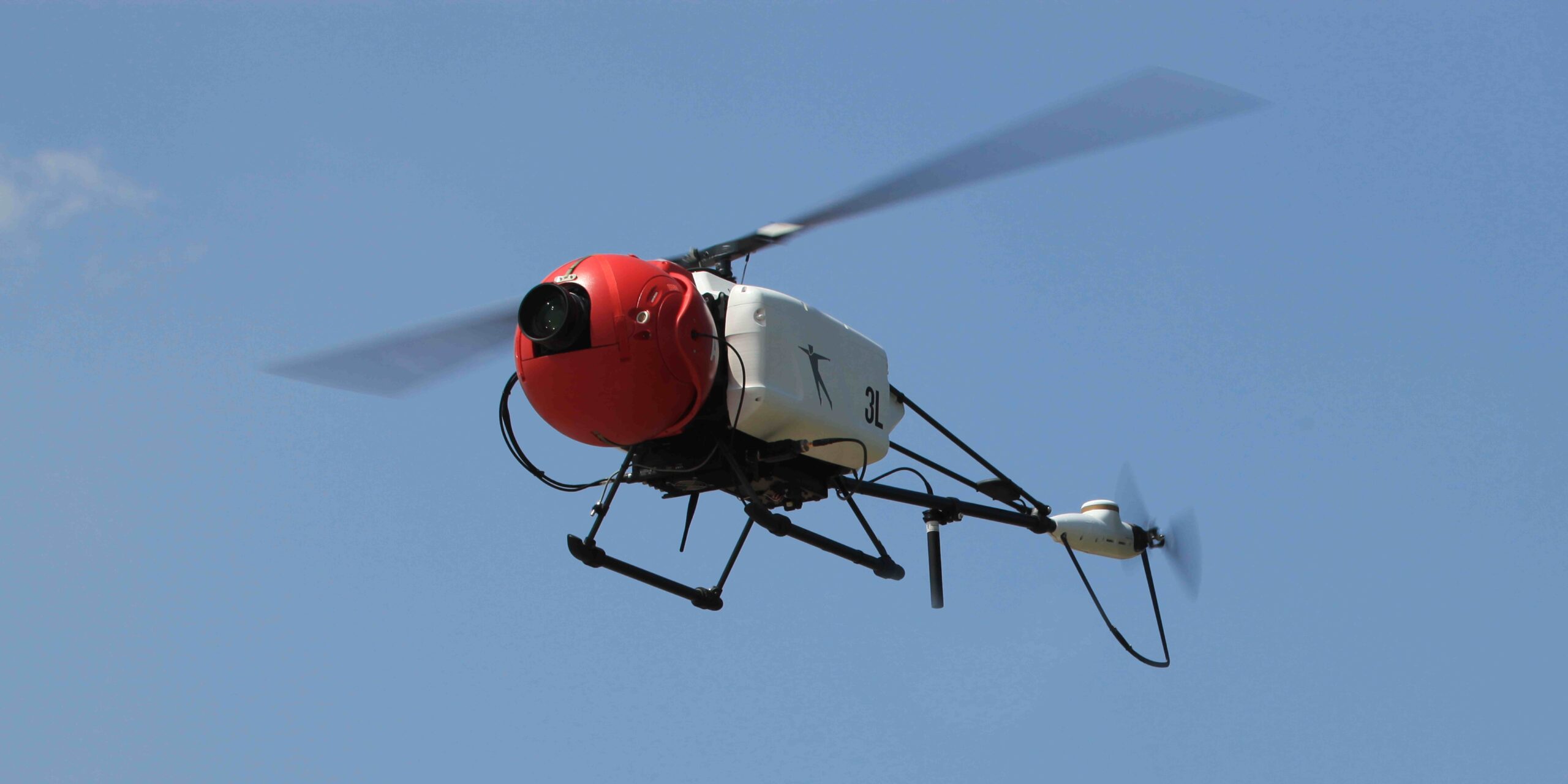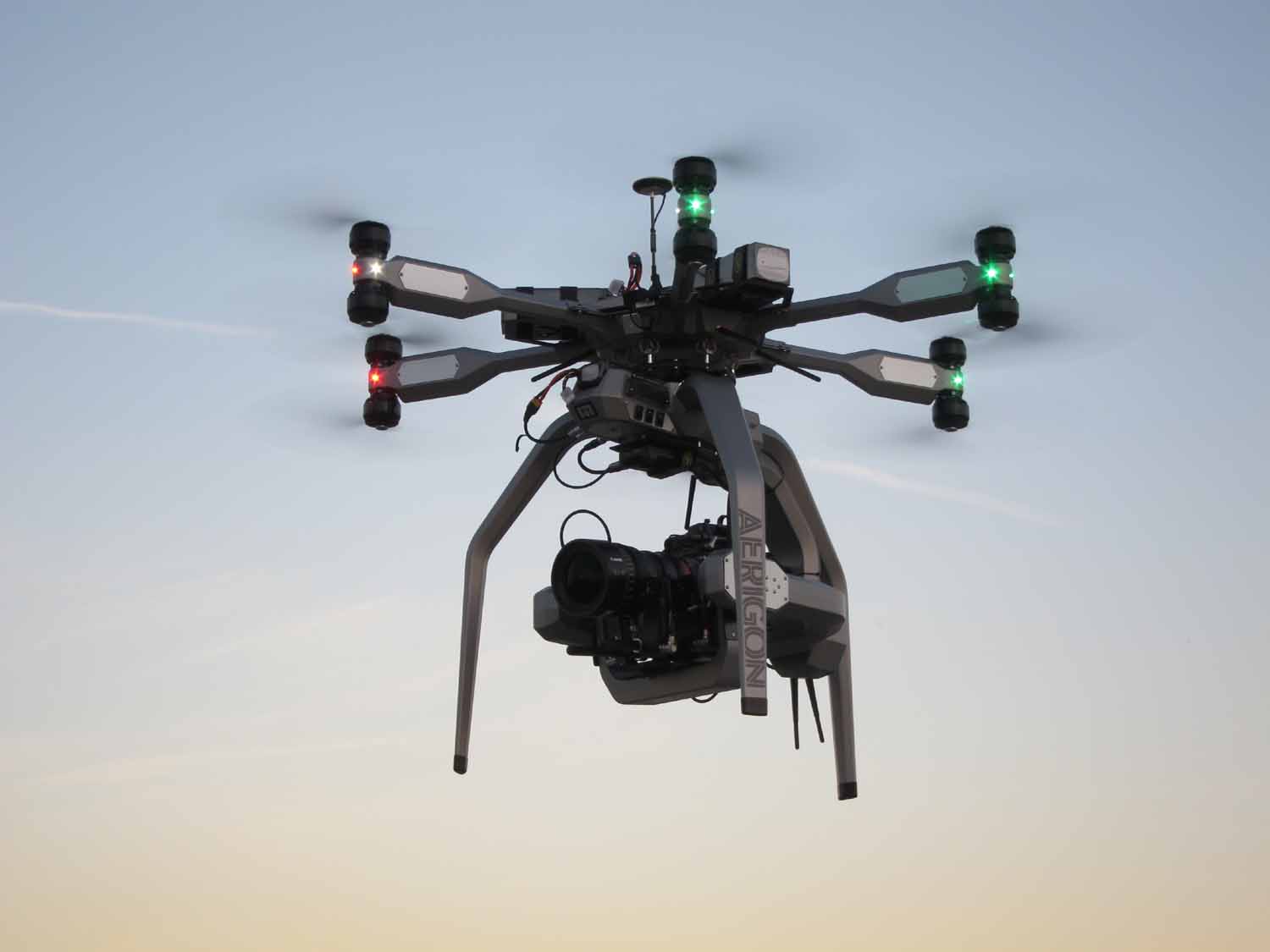
Over the years, there’s been a myriad of professional UAVs, and with the release of DJI Inspire 3, we cannot help but compare three of the most powerful professional UAVs; Flying-Cam 3.0 SARAH, Aerigon MK II, and DJI Inspire 3
Flying-Cam 3.0 SARAH and Aerigon MK II are both professional-grade unmanned aerial vehicles (UAVs) used for cinematography and aerial photography. While DJI Inspire 3 is also a UAV used for aerial photography and cinematography, it has a wider range of features that make it suitable for more advanced applications.
The DJI Inspire 3 has a larger sensor size and is capable of capturing higher-resolution video in CinemaDNG and Apple ProRes RAW formats, which are preferred by professional cinematographers. It also has a wider field of view, making it easier to capture a wider range of scenery. The 360° pan and tilt boost feature of the Inspire 3 enables the user to shoot upwards at a greater angle, which is useful when capturing aerial footage of tall buildings or other structures.

Moreover, the Inspire 3 has a longer transmission range, which makes it suitable for shooting in remote locations, and the RTK positioning system ensures more stable and accurate flight. The compatibility with various accessories such as DJI High-Bright Remote Monitor, DJI Master Wheels, and DJI Three-Channel Follow Focus, offers greater coordination and precision while filming.

On the other hand, the Flying-Cam 3.0 SARAH and Aerigon MK II are smaller and more compact, making them easier to transport and operate in confined spaces. They are also suitable for capturing high-quality aerial footage, but their features are more limited compared to the DJI Inspire 3. However, they are still preferred by filmmakers and photographers for their flexibility and ease of use in various shooting scenarios.
In summary, while all three UAVs are suitable for aerial photography and cinematography, the DJI Inspire 3 is more advanced and versatile with a wider range of features suitable for more professional-grade applications.









